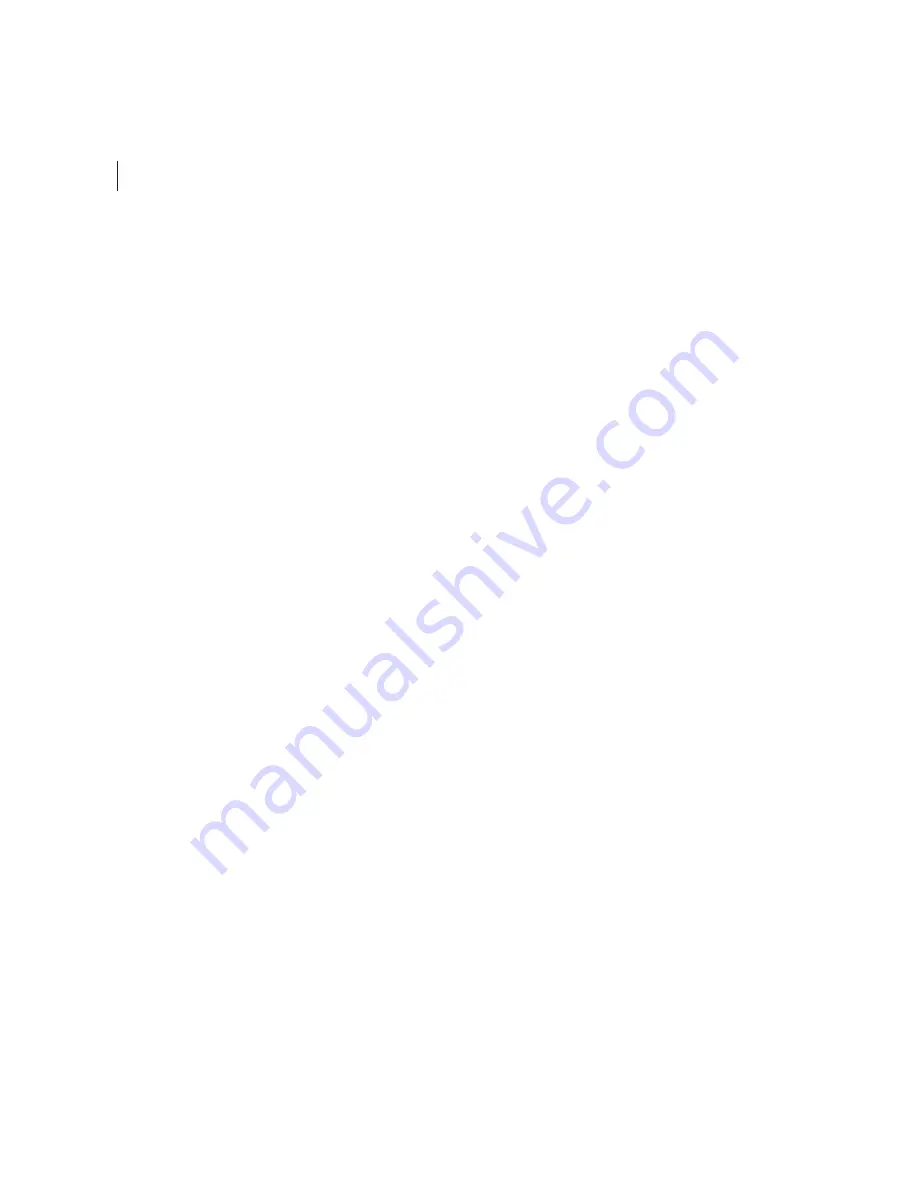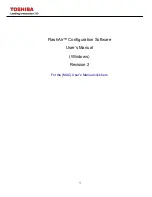
CHAPTER 3
54
PageMaker Plug-in Pack Features
Top, Bottom, Left, and Right Margins
Specifies the
amount of space that surrounds the actual printer
spread after trimming. You can specify margin
values for all the printer-spread styles.
Gap
Specifies the amount of space placed between
pages (the right side of the left page and the left
side of the right page). You can specify a Gap value
for all the printer-spread styles except Saddle
Stitch.
Note:
For Perfect Bound documents, if you are
creeping in (with a negative value), the minimum
Gap value is the width of the Creep value. If you’re
manually creating signatures (for example, if there
are different stocks in the same document), you can
enter a Gap value to specify a starting creep for
spreads that belong to different signatures.
Bleed
Specifies the amount of space used to allow
page elements to print beyond the edge of the
trimmed page. This value affects only the face of a
printer spread (the top, bottom, and outside page
edges). The field accepts values between 0 and the
smallest margin. You can specify a Bleed value for
all the printer-spread styles.
To control the bleed between pages of Perfect
Bound documents, use Crossover.
Creep
Specifies the amount of space necessary to
accommodate paper thickness and folding. You
can specify Creep for Saddle Stitch and Perfect
Bound printer spread styles. (See “About creep” on
page 54.)
Crossover
Specifies the amount of space used to
allow page elements to encroach the gap in Perfect
Bound printer spread styles. (Think of it as a bleed
for in between pages.) The field accepts values
between 0 and half the Gap value. You can specify
Crossover only for Perfect Bound documents.
Sig Size
Specifies the number of pages in each
signature for Perfect Bound documents. To do
this, choose an option from the Sig Size menu. If
the number of pages to be imposed is not evenly
divisible by the Sig Size value, InBooklet adds
blank pages to the end of the document as
necessary.
About creep
Creep
specifies the distance pages move away from
the spine to accommodate paper thickness and
folding in Saddle Stitch and Perfect Bound
documents. InDesign considers the “cover” of the
final piece to be the outermost printer spread,
while the “centerfold” is considered to be the
innermost printer spread. The term
sheet
represents two printer spreads: the front of the
sheet and the back of the sheet. The
creep
increment
is calculated by dividing the specified
creep value by the total number of sheets minus
one.
For example, a 16-page InDesign document could
yield eight printer spreads, or four sheets. The
front of the first sheet will consist of the first
printer spread (pages 16 and 1) while the back of
the first sheet will consist of the second printer
spread (pages 2 and 15).
















































